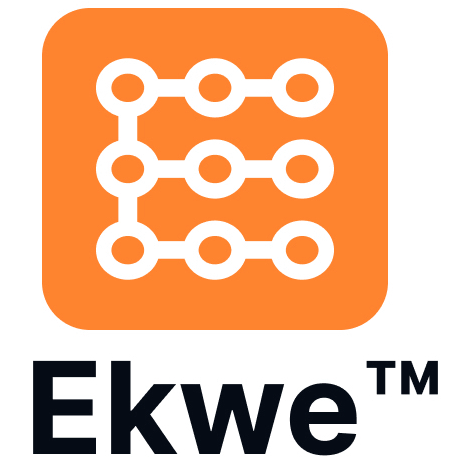Turn Your Band Room into a Music Creation Community
3 minute read
Michael Cain
Cofounder and CEO Ekwe
Teachers in the field of music education often face a multitude of challenges. They are frequently overworked, burdened with excessive tasks, and lack the necessary resources. Additionally, the need to prepare repertoire for upcoming performances can make it challenging to find the time and space to foster their students' creativity in creating original music. Despite these obstacles, teachers are still expected to align their lessons with the National Core Arts Standards, which prioritize the development of music creation skills.
To transform band rooms into vibrant music creation communities, it is essential to establish a safe and inclusive environment that fosters musical exploration. Students should feel valued for their individuality, appreciated for their backgrounds, and accepted for their unique contributions. Additionally, providing students with a user-friendly platform that enables them to effortlessly explore a wide range of instruments and sounds from different cultures is crucial. This platform should also offer intuitive tools for creating original music using these instruments, as well as the ability to collaborate and share musical ideas with peers, teachers, and family members.
In an environment where students have access to Ekwe, either on their own devices, tablets, or Chromebooks in a classroom, here are a few strategies for using Ekwe to help facilitate music creation in your program.
Capture and Build on the Music Creation that is already happening
Quite often students are already exploring and developing original musical ideas, and presenting those ideas to peers and their teachers. However, it can sometimes be lost and hidden as much of that occurs in the margins of a rehearsal, during transitional moments.
One example of that is during the first five minutes of most ensemble rehearsals. These moments will find students talking, setting up, assembling their instruments, and starting to make sounds on them. They will play various snippets and phrases, and while these sounds may seem random and meaningless, they typically have some kind of meaning.
The musical material played in these transition moments can often be beginnings of original material or variations on music that the student is hearing. It could be part of a song from a video game or other source material that has now morphed and evolved into something new or original.
Noticeably, instead of being prohibitive, the cacophony and density of sound actually fosters a protective environment. When a room is filled with a variety of sounds, a student's contribution becomes just one among many, which can make it feel safer to present to the room. The focus is not solely on any individual, and there is a shared understanding that everyone is producing random sounds. This creates a safe space for experimenting with different types of musical content.
Rather than letting these moments pass, a teacher can use Ekwe to record those sounds. This allows the sounds to be captured, archived, shared, and built upon. Recording and listening back is one of the best ear training practices. It allows a musician to focus exclusively on the music while listening, without having to worry about playing at the same time. In this example, a teacher records various moments that occur at the beginning of class, then asks the students for suggestions on which moments to isolate and focus on.
Ekwe's sound recording and editing features enable teachers to effortlessly capture, layer, edit, and share external sounds. This functionality is particularly valuable for documenting and preserving those spontaneous "improvisational” moments in the classroom. By sharing these recordings with students, teachers can foster material for future development and exploration. By making this a consistent practice during rehearsals, the group can quickly build an archive of ideas for creating original music together.
To Build a Diverse Music Creation Community
To build a diverse music creation community, it is important to celebrate the richness of backgrounds and the diverse voices and cultures of every student. It is quite common for students to come from cultures and musical traditions that are not based on European instruments. Sometimes, the hesitancy for these students to participate in original music creation stems from the lack of accessibility to the instruments and sounds they would like to use in the band room.
Ekwe's Core Music Library offers learners instant exposure to instruments from around the world, as well as contemporary electronic sounds, putting the ability to play them at their fingertips. In exploring instruments in Ekwe, students have the opportunity to engage with various aspects of the instrument. They can visually observe what the instrument looks like, learn about its origin, listen to its sound, read about its history and how it is played, and even create their own original music using these instruments. All of this can be accomplished in a single session.
To Support and Facilitate Music Creation
To best support and facilitate music creation, students require a platform that enables continuous exploration, creation, and collaboration both inside and outside the band room. Musical ideas can arise at any time, and some students may find it beneficial to work and explore musically on their own before engaging with the group. Ekwe is compatible with iOS, Android, and Chromebooks, ensuring that all students have access to the same music creation platform and can work at their own pace and in their preferred manner. Even when focusing on repertoire and preparing for performances, an ensemble with access to Ekwe can engage in ongoing activities of exploration and creation, which support all musical endeavors.
Developing a music creation community in the band room requires multiple layers of support, and Ekwe is the perfect platform to facilitate its development.
